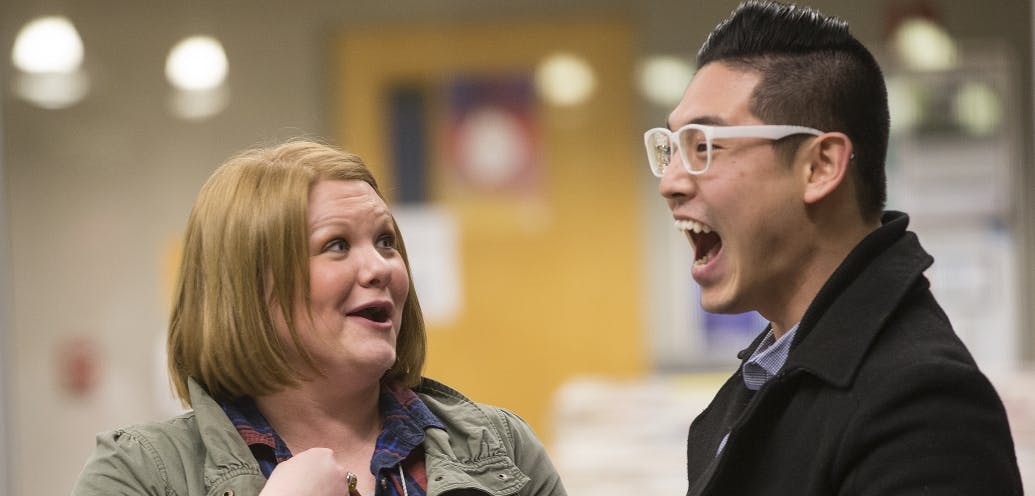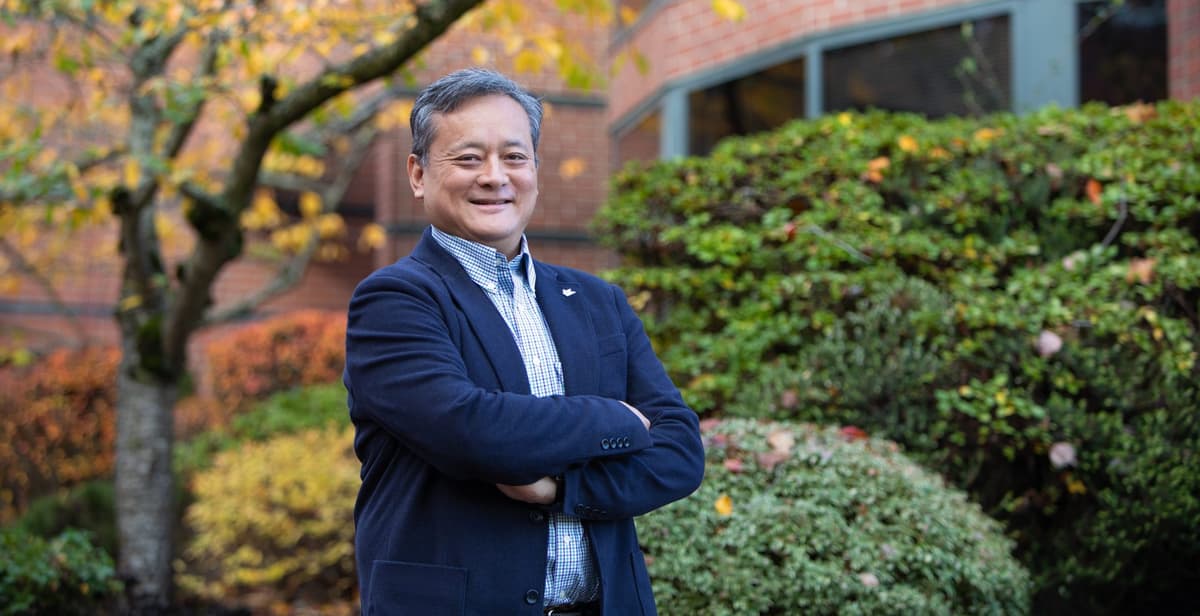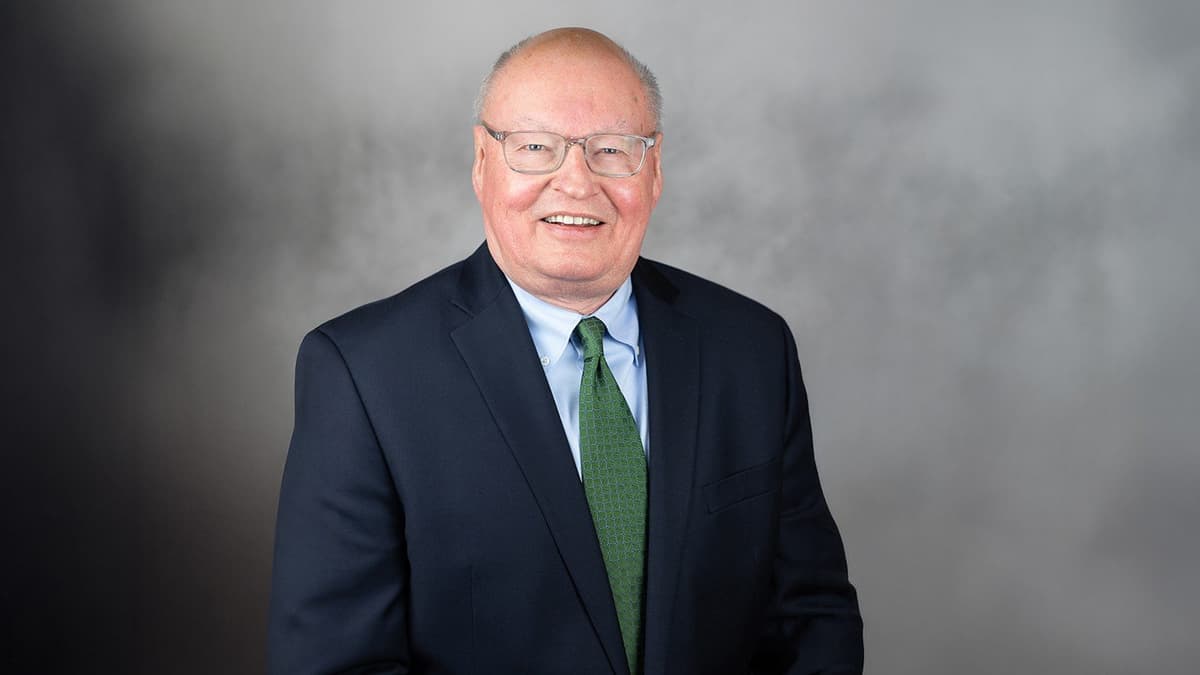When you’re in high school, being involved in leadership is a popular way to stand out — especially when it comes to university admission. But once you’ve completed your application and made it to college, what does leadership look like?
Hint: The possibilities for leadership — and the variety of options — are much greater than you might think.
Whitney Broetje is the director of the Office of Student Involvement & Leadership at Seattle Pacific University — and a 2009 SPU graduate. What she hears from a lot of students is that, in high school, there’s a leadership crowd. She says these are the people who do ASB.
“At SPU, there are so many different types of people in leadership,” says Broetje. “And because leadership is so broad — ministry, student government, the arts — there’s something for everybody. You don’t have to fit this specific mold.”

Opportunities include:
- Student Government — The structure of student government varies from university to university, but they share many similar characteristics and goals. At Seattle Pacific, the student body is represented by the Associated Students of Seattle Pacific (ASSP) Officer Core. This team of seven students includes a president, executive vice president, public relations manager, and vice presidents of campus activities, ministries, finance, and intercultural affairs.
- Student Senate — In additional to executive branch-type leadership roles, most universities have a legislative branch: a student senate. Chaired by the Executive Vice President of ASSP, Seattle Pacific’s senate decides how to allocate funds set aside for the ASSP budget. Every club that wishes to receive ASSP funding for an event or outreach must bring a proposal before the senate. Senators are chosen by their constituents, and represent each residence hall or campus housing unit, as well as every department of academic study.
- Clubs — No matter what your interest, chances are you’ll find a club that focuses on something you’re passionate about. Each club at SPU has a president and a financial officer. There are over 60 clubs, including clubs with an academic, intercultural, service, political, or sports and recreation focus.
- Residence Hall Council — Students of each SPU residence hall have six individuals serve on their hall council. These include a president, vice president, senator, public relations director, events and programming director, and social justice director/intercultural coordinator.
- Resident Advisors — All residence hall floors and on-campus housing units have an RA. This junior or senior provides leadership, guidance, support, and encouragement to the men or women on their floor. Whether hosting a Friday night movie, organizing floor dinners, or sharing practical life insight, RAs support students in a number of ways.
- Student Ministry Coordinators — At SPU, each residence hall floor also has an SMC: a student who partners with the floor’s RA to encourage their floor to grow closer to Christ and to each other. Whether starting a floor Bible study or small group, meeting residents for coffee, or coming alongside their floor mates with prayer and support, SMCs make community a priority wherever they go.
At a university level, student leaders — whether working in student government, with various clubs, or in residence life — can have significant autonomy and responsibility. Leadership roles vary in their levels of involvement and responsibility, but many student leaders plan and execute large events or community gatherings, and contribute to campus life in meaningful ways.
“Half, if not more, of what students experience on this campus — community, social opportunities, service opportunities — would not exist without student leaders,” says Whitney Broetje.
That could mean organizing residence hall events, planning campus-wide events, club outreach and awareness events, or a host of other things. Leadership positions vary in the amount of time required. Some could require one night a month, while others require the commitment of a part-time job.
So what could leadership at college look like for you?
To help paint that picture, we spoke with some of Seattle Pacific’s current student leaders — including ASSP president, student senators, and other on-campus student leaders.




